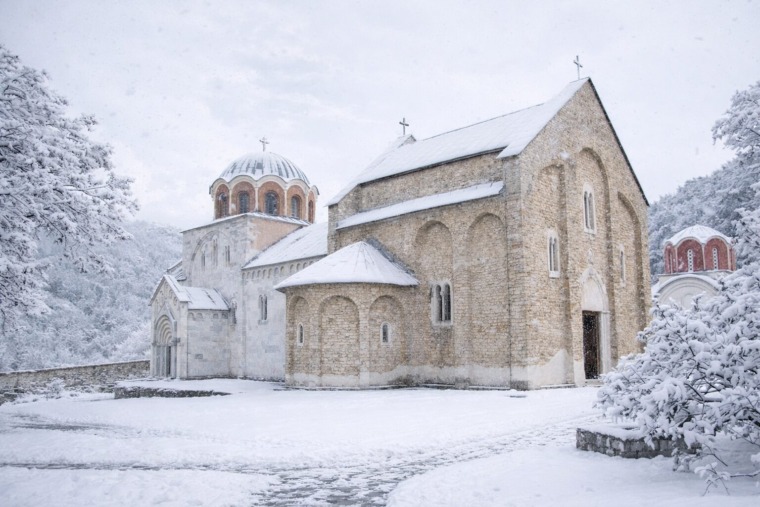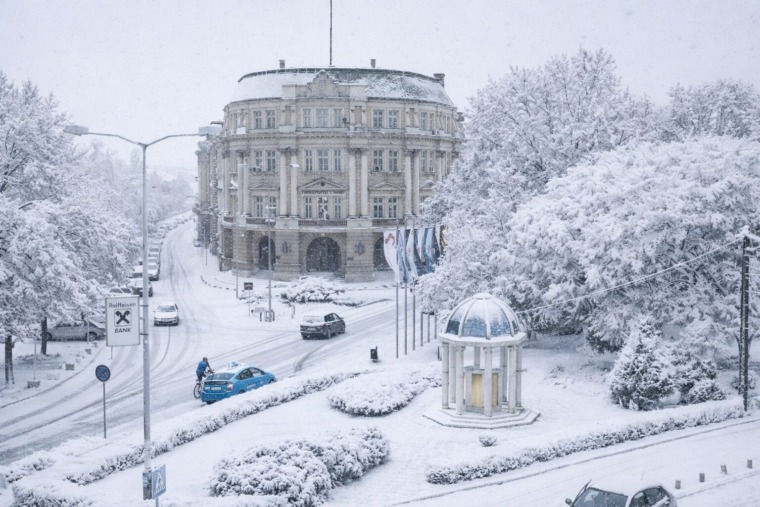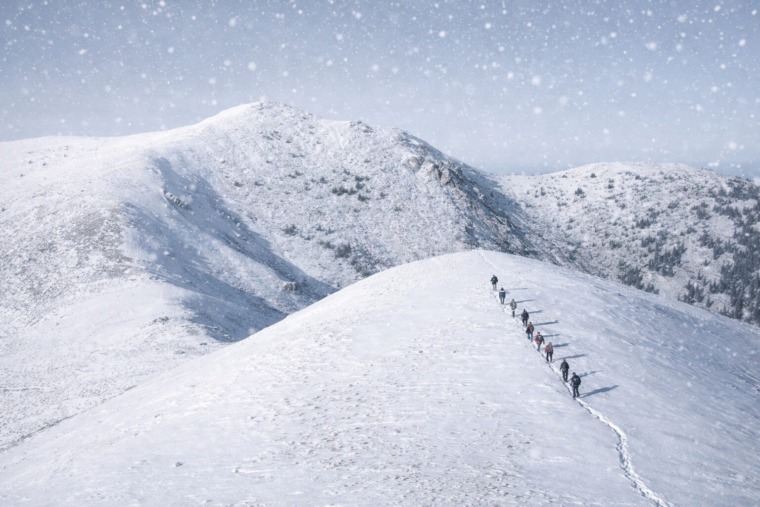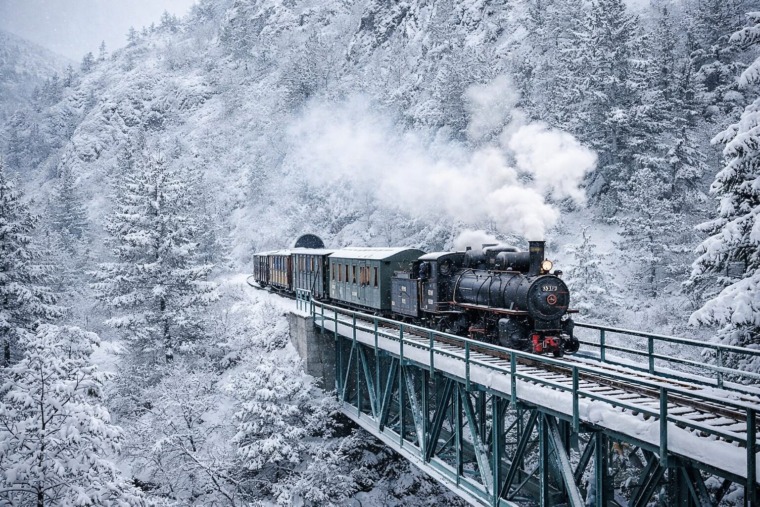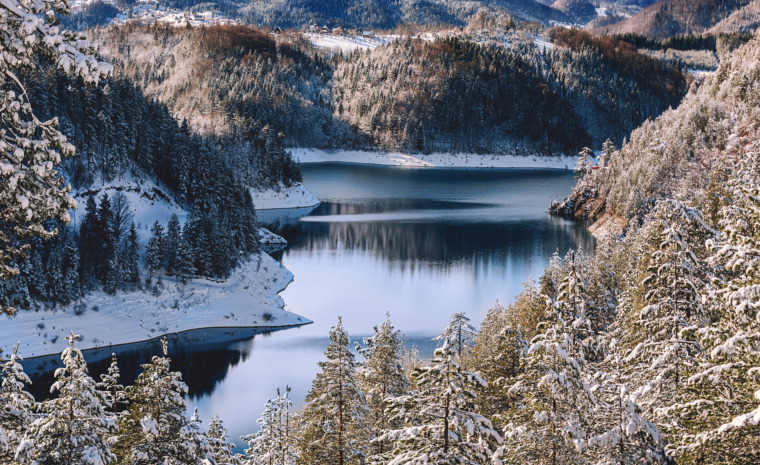
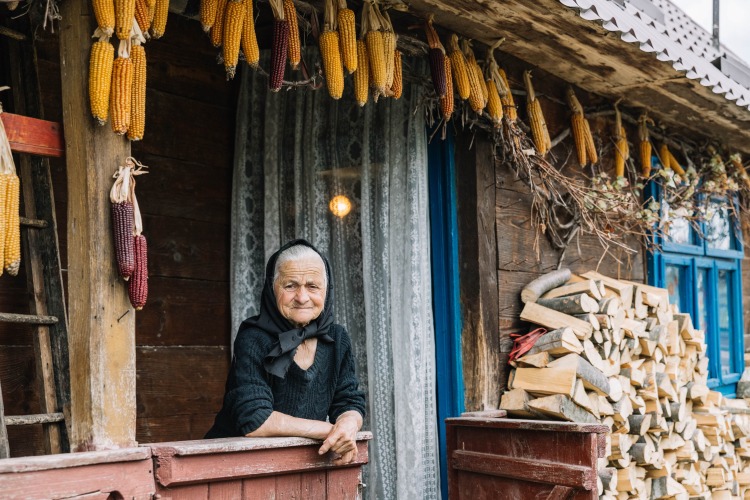
Tucked away in the southeastern corner of Serbia, the Stara Planina mountain range is home to picturesque villages that have preserved their traditional way of life for centuries. Stara Planina, also known as the Balkan Mountains, offers a rare glimpse into an authentic, slow-paced lifestyle that’s in harmony with nature. A visit here is a journey back in time, where you’ll encounter time-honored customs, welcoming locals, and scenic landscapes that seem untouched by the modern world.
In this guide, we’ll explore the unique charm of Stara Planina’s villages, the customs that define them, and the must-see spots in this fascinating region.
1. A Step Back in Time: The Essence of Village Life
The villages of Stara Planina, such as Gostuša, Temska, and Topli Do, are celebrated for their traditional architecture, where homes are built from local stone and wood. These villages are incredibly self-sustaining, with most residents relying on farming, livestock, and craftsmanship as their primary means of livelihood. Life here is centered around the seasons, with communal harvests, traditional festivals, and family gatherings marking the year’s rhythm.

The villagers embrace a communal spirit, with everyone pitching in during the planting and harvest seasons. You’ll notice a sense of pride in preserving traditional skills, such as weaving, pottery, and herbal medicine, passed down through generations. Visitors are often welcomed as guests, invited to experience everyday life, and treated to home-cooked meals.
2. Traditional Cuisine – A Farm-to-Table Experience
One of the highlights of visiting Stara Planina is sampling the local cuisine, which is fresh, flavorful, and largely organic. Many villagers maintain home gardens where they grow vegetables, herbs, and fruits and raise livestock that provides fresh milk, cheese, and meat. Common dishes include sarma (cabbage rolls), komplet lepinja (a stuffed flatbread), and ajvar (a roasted red pepper spread), all made with ingredients from the surrounding mountains and valleys.
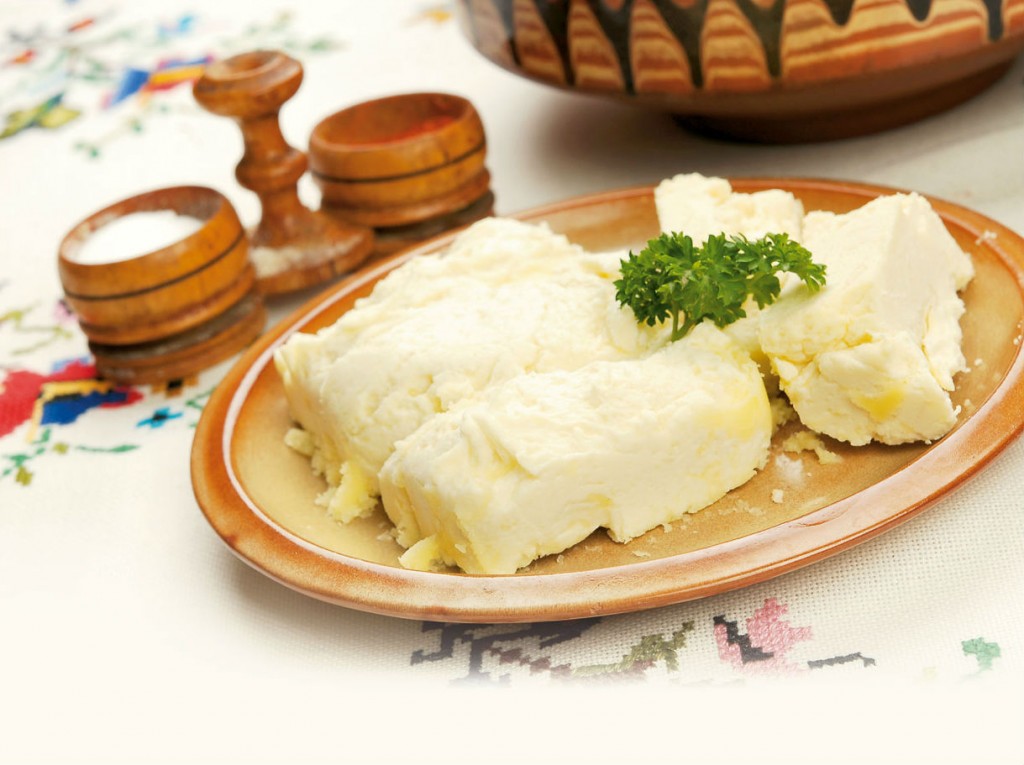
- Local Specialties: Make sure to try belmuž, a traditional cheese dish made from sheep’s milk and cornmeal, which is often cooked over an open fire. Villagers also produce homemade rakija (fruit brandy), which they eagerly share as part of their hospitality.
- Farm Stays: Many families open their homes to travelers, allowing visitors to enjoy farm-to-table meals and experience rural Serbian life. It’s a chance to help with daily chores, cook traditional dishes, and share stories around the dinner table.
3. Hiking Through History: Trails and Traditions in Stara Planina
The Stara Planina mountains offer hiking trails that reveal the natural beauty and hidden history of the region. There are trails for all skill levels, and you’ll often find yourself passing by rivers, waterfalls, and ancient churches along the way.

- Waterfalls of Stara Planina: One of the most scenic trails leads to the Tupavica Waterfall near the village of Dojkinci. During the winter, it’s often frozen, creating a stunning natural ice sculpture. The Piljski and Kopren waterfalls are also popular destinations for both locals and visitors.
- Hiking Trails: Paths like the Babin Zub trail offer breathtaking views of the entire valley. Named after a jagged rock formation that resembles an old woman’s tooth, Babin Zub is one of Stara Planina’s highest peaks and is surrounded by pristine forests, wildflowers, and panoramic landscapes.
Insider Tip: Locals are often happy to guide visitors on hikes, sharing stories of folklore and showing the medicinal plants used in traditional Serbian herbal remedies.
4. Artisanal Crafts and Handicrafts
The villages of Stara Planina are known for their talented artisans who create handicrafts using time-honored methods. Each village has its own specialties, and many residents still make items such as woven rugs, embroidered textiles, and pottery by hand.
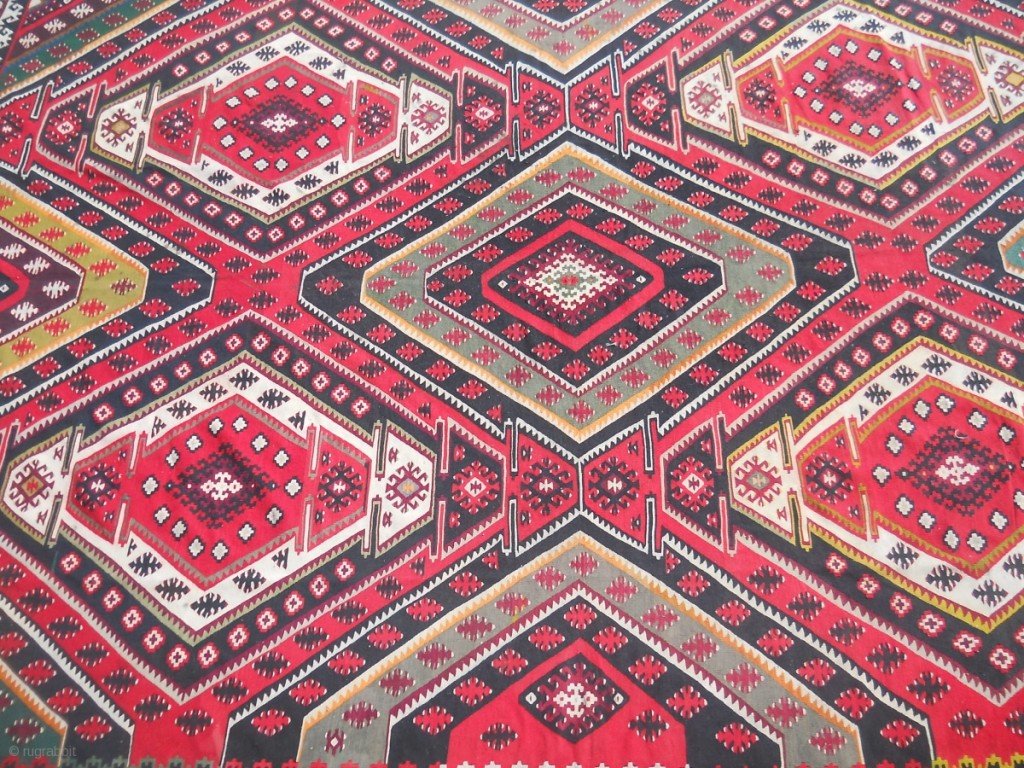
- Wool Weaving and Embroidery: In villages like Gostuša, women weave vibrant woolen blankets and rugs that showcase intricate geometric patterns. These textiles are made from sheep’s wool that is dyed with natural colors, often sourced from plants in the surrounding area.
- Pottery and Woodcraft: Artisans also create pottery using traditional clay from nearby riverbeds, and woodworkers carve intricate designs into items like furniture, utensils, and decorative objects.
Local Souvenirs: Purchasing these handcrafted items supports the local economy and helps keep these traditions alive. Plus, you’ll bring home a piece of Serbia’s artistic heritage.
5. Folk Festivals and Cultural Celebrations
If you’re lucky enough to visit Stara Planina during one of its traditional festivals, you’ll witness the region’s culture at its most vibrant. Villages here celebrate events like harvest festivals, where the community gathers to dance, play music, and share feasts.
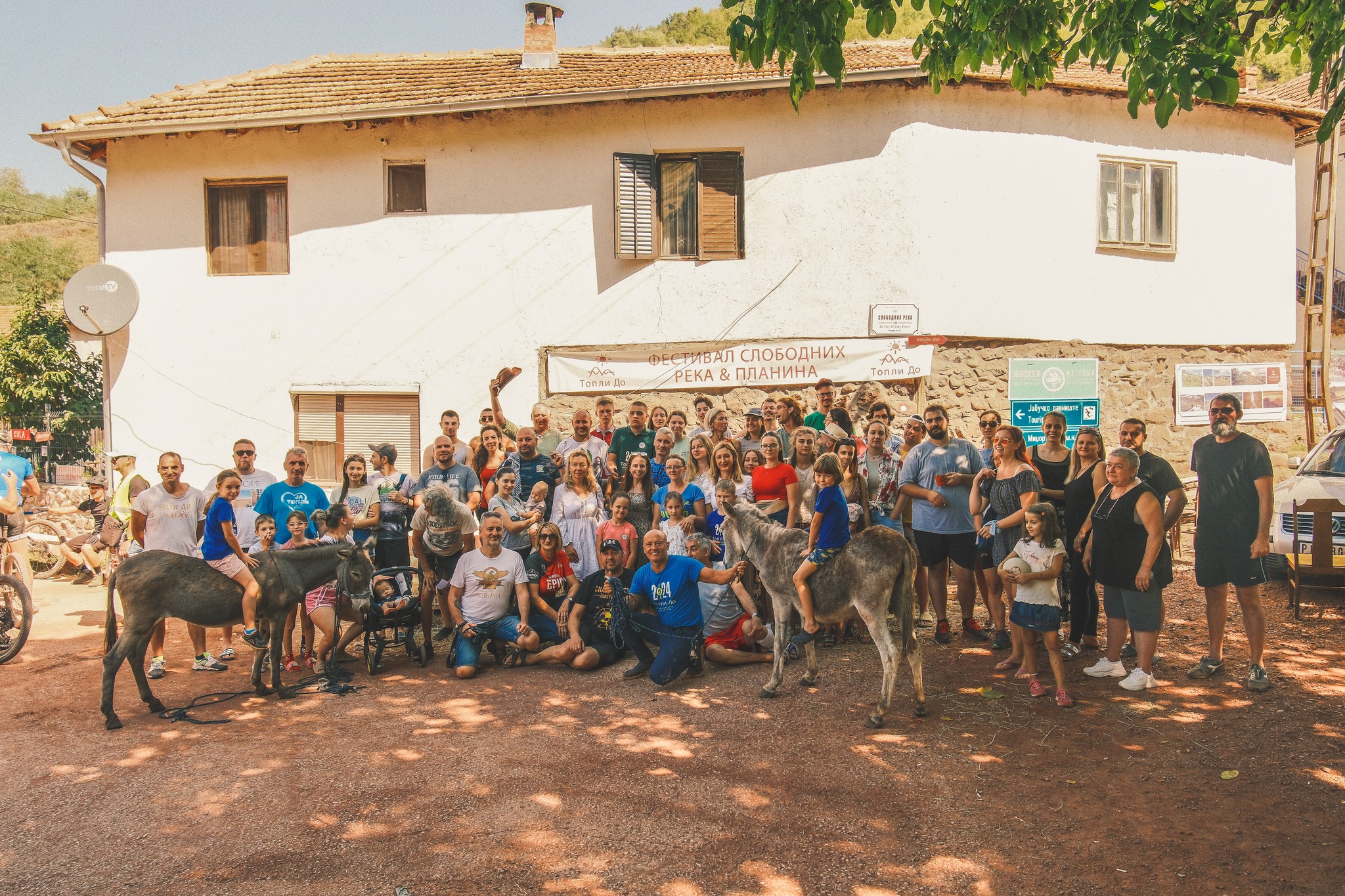
- Festival of Free Rivers and Mountains – Topli Do held in August.
- Waterfall Fest – Topli Do held in April/May.
These festivals are filled with Serbian folk music, dancing, and displays of traditional dress, adding a lively and joyful atmosphere to these serene mountain villages.
6. Sustainability and Eco-Tourism in Stara Planina
Stara Planina is recognized for its commitment to sustainable tourism, with many villages actively working to preserve the environment and their traditional way of life. Villagers take pride in sustainable practices, such as organic farming, waste reduction, and protecting the local flora and fauna.

- Eco-Friendly Stays: Some villagers offer eco-friendly accommodations that utilize solar power, rainwater collection, and organic food production. These accommodations are perfect for travelers seeking a low-impact stay that respects the environment and supports the local economy.
- Wildlife Preservation: Stara Planina is home to diverse wildlife, including brown bears, wolves, and eagles. Local conservation efforts aim to protect these species and maintain the natural balance of the ecosystem.
Responsible Tourism Tip: Respect local customs, be mindful of waste, and support local businesses to ensure that these communities can preserve their traditions and environment for future generations.
7. Connecting with Locals – The Heart of the Experience
Perhaps the most rewarding part of visiting Stara Planina is connecting with the locals, who welcome guests with open arms. Many villagers love to share stories of life in the mountains, offer insights into traditional Serbian customs, and invite visitors into their homes for a meal or a warm drink.
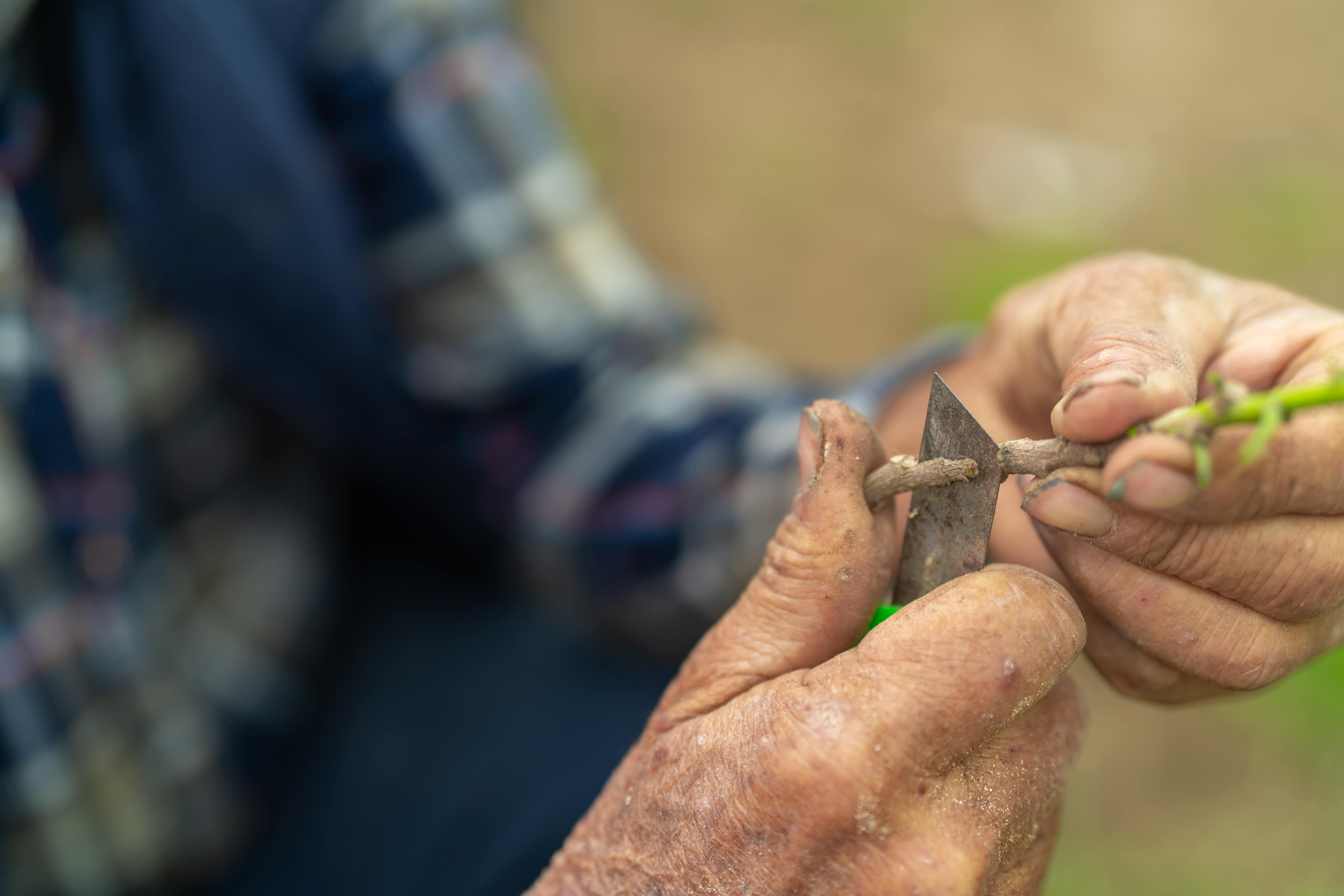
- Hospitality in Action: It’s common for locals to invite visitors to try homemade delicacies, learn a few Serbian phrases, or even participate in a local event.
- Learning from the Community: Many visitors find themselves engaged in conversations about history, local legends, and daily life in the mountains, gaining a deeper appreciation for Serbian culture.
Insider Insight: Don’t be surprised if you leave Stara Planina with new friends and lasting memories—hospitality is truly at the heart of the Serbian village experience.
Conclusion
Exploring the villages of Stara Planina is more than just a visit to a beautiful mountain region; it’s an invitation to immerse yourself in a way of life that respects tradition, celebrates nature, and values community. From the scenic trails and pristine rivers to the warmth of home-cooked meals and the joy of local festivals, the villages of Stara Planina offer a glimpse into the soul of Serbia.
Whether you’re an adventurer, a culture enthusiast, or someone looking to escape the pace of modern life, a journey through Stara Planina’s villages will leave you with a profound connection to this unique corner of Serbia. So, pack your hiking boots, prepare your taste buds, and get ready for an unforgettable experience in the heart of Serbia!
Related Articles

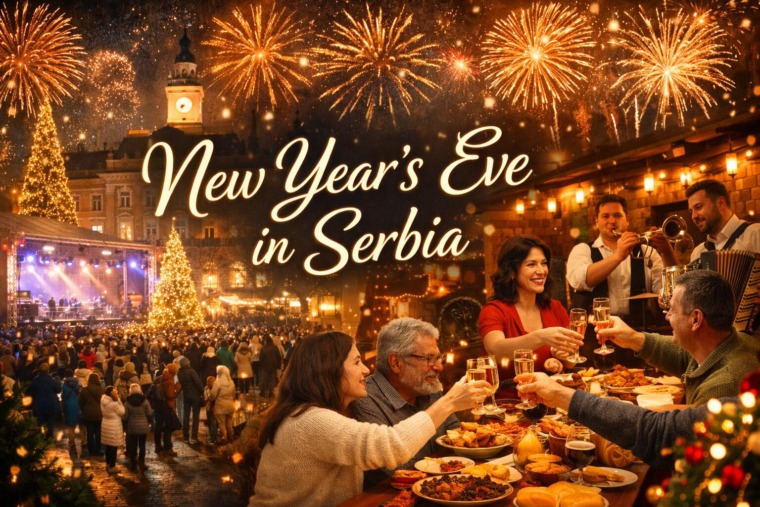
From Fireworks to Family Dinners: New Year’s Eve Across Serbia
December 31, 2025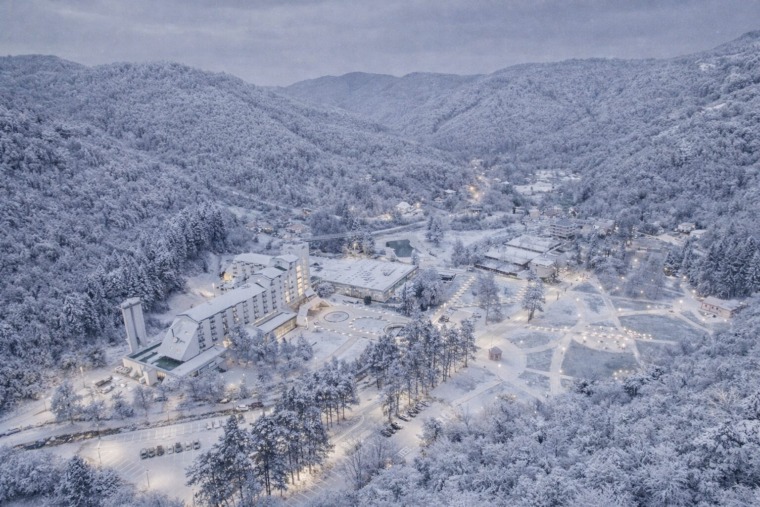
Kuršumlijska Banja: Serbia’s Quiet Winter Spa Escape
December 30, 2025

